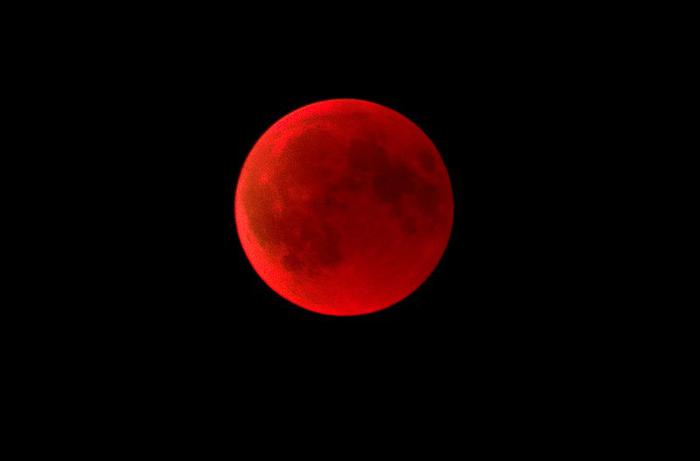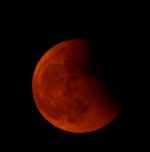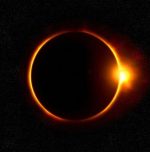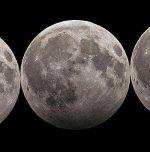2025: A year of stunning celestial events

Astronomy enthusiasts, get ready! 2025 is packed with planetary alignments, eclipses, and dazzling meteor showers.
Whether you’re a seasoned stargazer or just beginning, there’s something for everyone.
So, set a reminder, grab a telescope, and prepare for breathtaking cosmic wonders.
Major Astronomical Events of 2025
- A rare celestial sight awaits on February 28 as seven planets align in the night sky. These planets are Mars, Jupiter, Uranus, Venus, Neptune, Mercury, and Saturn. This will be the last time in 15 years that all planets will be visible together. For the best view, head away from city lights and enjoy this cosmic spectacle.
- Total Lunar Eclipse or the Blood Moon occurs when the Earth, Sun, and Moon align, casting a red glow over the lunar surface. Depending on time zones, it may be visible late on March 13 or early March 14.
- The first solar eclipse of the year will be partially visible on March 29, though it’s unlikely to be seen from India.
- One of the oldest known meteor showers, dating back 2,700 years, the Lyrids will peak on April 21-22, providing a breathtaking light show.
- Considered the best meteor shower of the year, it will peak with around 100 meteors per hour. Watch out for spectacular fireballs and long trails in the night sky on August 12-13.
- This “Blood Moon” might be visible from India on September 7-8. It offers a stunning view of the moon bathed in red hues.
- Saturn will be at its brightest as it reaches opposition. Its famous rings will shine brilliantly on September 21, making it a must-see event.
- Best viewed around 2 AM on October 20-21, the Orionids produce about 20 meteors per hour, appearing to originate from the Orion constellation.
- The Moon will be at its closest approach to Earth on November 5, making it appear larger and brighter than usual.
- One of the last major meteor showers of the year, the Geminids will light up the sky on December 13. However, a waning moon may dim the visibility.
Get your calendars ready for a year filled with celestial wonders.
While not all events will be visible worldwide, location, time zones, and sky clarity will play a role in how much you can witness.
So, find the best spot, and enjoy these once-in-a-lifetime moments from the universe!
Image Credit: Jacek Rużyczka, CC BY-SA 4.0, via Wikimedia Commons
You may also like
Image Reference:
https://commons.wikimedia.org/wiki/File:Blood_Moon_during_2018-07-27_Eclipse.jpg
Recent Posts
- Bank of India announces Apprentice Recruitment 2026Interested candidates can apply through the official website until January 10, 2026.
- Delhi launches ₹5 Atal Canteens to ensure food with dignityThe decision to launch Atal Canteens was taken on this significant day.
- BiofuelCircle turning farm waste into rural wealthFounded in June 2020 by Suhas Baxi and Ashwin Save, BiofuelCircle builds value from farm waste.
- Bank of India announces Apprentice Recruitment 2026
What’s new at WeRIndia.com
WeRIndia – A News Aggregator
Visit werindia.com for all types of National | Business | World | Politics | Entertainment | Health related news and much more..









